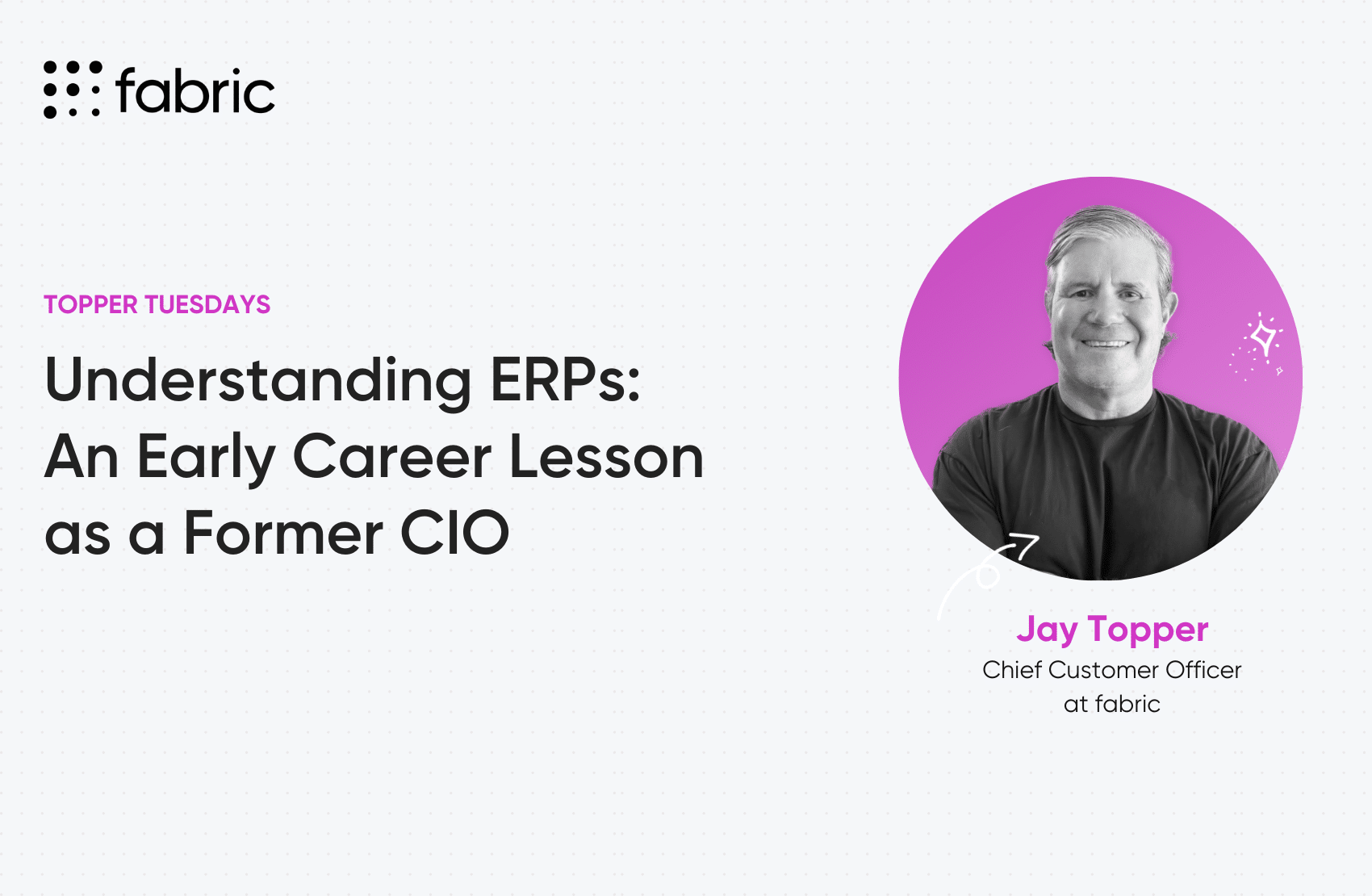Understanding ERPs: An Early Career Lesson as a Former CIO

As a seasoned C-level executive with nearly three decades of experience, I’ve navigated the complex world of Enterprise Resource Planning (ERP) systems since my first role as a CIO in 1997. Back then, I walked into a boardroom dominated by a massive box of CDs—essentially the entire suite of Oracle applications waiting to be installed. There was only one other person on my team and a systems integrator lacking deep experience (but with a strong desire to succeed!). The challenge was a little overwhelming but a lot thrilling—even in my ignorance I knew this was no small endeavor.
The Oracle encounter I will never forget
I still vividly recall my first meeting with Oracle Corporation. A senior executive—who, despite the millions we forked over, commanded (demanded?!) vs. gave respect—shared two crucial pieces of advice that have shaped my approach ever since.
- First, he emphasized a counterintuitive strategy: Rather than forcing the ERP to conform to our desired business processes, we should adapt our business to the capabilities of the ERP. This meant minimizing customizations and sticking to core functionalities, which aren’t always optimal.
- Secondly and equally important: Leverage ERPs for what they do best—managing financials and serving as the inventory of record. Basically, AP/AR/GL/FA/Purchasing/Inventory. For most everything else, and for anything requiring innovation and “secret sauce,” consider building or purchasing solutions outside the ERP ecosystem.
Lessons learned
Initially, I struggled with these concepts. Coming directly from operational roles in the United States Coast Guard, the corporate landscape was foreign to me. Two months before I didn’t know what an ERP was. Yet, I took that advice to heart. We were a rocket growth company and the discipline was needed. Three years later, when we upgraded to a new version of Oracle ERP, we completed the transition in just 120 days—an impressive feat I only realized later in my career when many others struggled with these monolithic, heavily customized ERPs for years if they can do it at all.
I did learn that regardless of what platform you are building/implementing/upgrading, one of the keys to success is understanding the business usage and outcome expectations. I had a great VP of Finance, a friend to this day, who took me under his wing to educate me on financial and operational functions in the business world—I had zero experience so getting into detail was the only way to succeed. Project Accounting in a discrete manufacturing company? I didn’t even fully understand the GL—you can bet I do now!
This experience also taught me that for critical functions impacting customer experience and requiring rapid adaptation, modular solutions are essential. API-first applications designed for end-user empowerment are the future. We need systems that are fast—fast in performance, configuration, extensibility, and speed to market. This led to building an inventory rental system that tied to the ERP but was infinitely more flexible and built to suit the business needs vs. the business bending to the platform. Both of these systems are still in place today 27 years later—modernized and carrying the systems load of the largest scenery/lighting/audio company in the world.
Beyond monoliths
The lessons I learned extended beyond ERPs to all platforms. Traditional ERPs are often massive, tightly interconnected monoliths, and while there’s a place for such systems, they are not conducive to innovation. Monoliths are the “steady eddies” of the software world—expensive to manage, difficult to change, and nearly impossible to replace. And my experience is they are efforts without a substantial return on investment.
Instead, I advocate for investing capital in solutions that enhance employee and consumer experiences—and ample testing, fast pivots, and good use of data. These are the ways to drive innovation and agility in today’s fast-paced retail landscape. By focusing on modular systems, even connected ones, and leveraging the right tools, organizations can thrive in an environment that demands quick responses and adaptability.
Final thoughts: Navigating ERP challenges and embracing innovation
Navigating the ERP landscape is not without its challenges, but with the right mindset and approach, it was a great way to “cut my teeth” on platform implementations. I embrace the lessons learned from my journey: Let the ERP do what it does best, adapt your business accordingly, and invest in the ERP solutions that foster agility and innovation. The future belongs to those who can pivot quickly and make informed decisions about their technology stack—speed to market of anything meaningfully new is the ultimate differentiator.
—
Are you taking full advantage of every opportunity to enhance the customer journey? Join us for an insightful webinar with CommerceNext on how AI is transforming customer experience and personalization in retail. Don’t miss this opportunity to learn actionable strategies for enhancing your brand’s engagement and driving growth!

Advisor @ fabric